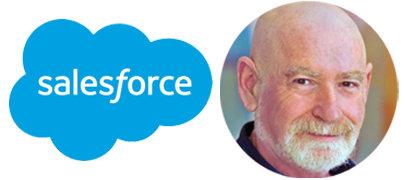

The organizations that utilize the plan the best are the ones that make scenarios relevant to long-term needs, which may require a more focused approach. Scenario planning is effective for large organizations and small organizations alike. The organization identifies certain events that could change the industry's structure and studies the present and future driving forces that might come into play that could cause such events. The purpose of this planning is to try to understand how the underlying dynamics of an industry can change and how the organization could best respond to a change that could happen or to make a desired situation occur. Or, firms can examine a desired future state and see what they must do to get to that point. First, firms may examine each scenario and determine whether the organization's current strategy would help them survive and succeed in those situations. ”įirms can use scenario planning in one of two ways. As Peter Schwartz, an early pioneer of scenario planning, put it in his seminal 1991 work, The Art of the Long View, “scenarios can help people make better decisions -usually difficult decisions -that they would otherwise miss or deny. Scenario planning, on the other hand, involves creating a variety of possible future scenarios that may play out despite past patterns. Traditional planning assumes that tomorrow's business world will be quite like yesterday's. These companies realized that traditional planning, which is based on forecasts, was becoming strategically dangerous as they moved out of the relatively stable 1950s and 1960s. Major corporations such as Shell and General Electric redefined scenario planning in the 1970s to meet specific company needs. The premise is that the best way to prepare for radically different situations is to think through various events that could occur and consider alternatives for responding to those situations if they should happen. Scenarios are used to develop plans for significant changes in the environment, personnel, or processes for which data are limited and uncertain. These approaches rely on historical data and assume a continuation of past business practices and environmental stability. Strategic planning and forecasting tend to use projections of past events to develop future plans.


 0 kommentar(er)
0 kommentar(er)
